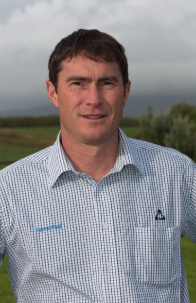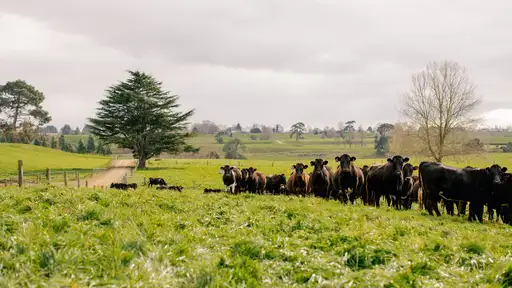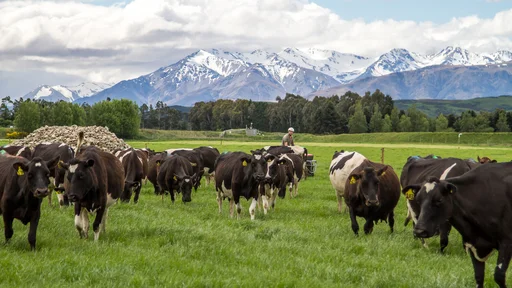Silage season
Who would have thought that we could grow double the average growth rates through winter? Our wonderful winter is rolling into a super spring. While it has been good, it does present some challenges, including keeping feed wedges in the right shape and to hold quality high. So how do we do this?
Measure what you have got
Don’t just guess what you may or may not have – you’ve got to measure what surplus you have.
The shape of the wedge is very important. Some feed wedges may have a high shoulder that is difficult to deal with right now, but one to two weeks further later there could well be a hole looming. In that case you will need to keep gnawing away at some higher covers to buy more time to allow the hole to fill in. This is what has been the strategy for many farms through July and August in order to push the feed ahead for now, ensuring we get through to balance date.

FarmWise Consultant Darren Sutton (pictured above)
Make silage
Silage has already been made on some farms by farmers who took decisive action in the fine weather.
The decisions on how much silage to make will hinge on what round length you are comfortable to head towards, what growth rates you will attain, and what your current APC is.
Work out what your target APC is. If you have 3.3 cows/ha eating 18 kgs of pasture/day, you are demanding 60 kgs/ha per day growth rate. Assuming a 21 day round length works, then your target pre-graze is 2,850 and your target APC is 2,200.
That is what you want to balance your feed wedge to.
This year the reliable Spring Rotation Planner has had to been revised as areas have had to be increased to deal with the surplus growth.
Aim to head towards your fastest round length by a set date e.g. a 21-day round length by 15 September. This may be quicker than normal, but this is a response to higher than normal growth rates that appear to be reliable at present.
How much is too much?
You can look at what area you can cut for silage on your feed wedge by deciding what covers are too high for your cows to graze. By 15 September this may well be any paddocks >2,850.
You have to be guided by what the cows are telling you at this stage. If they are leaving 100 kgs DM/ha too much or 100 kgs too low, then adjust your pre-graze covers accordingly.
If you know what your farm is currently growing at, then you can also calculate out what percentage of the farm might be safe to skip for silage.
Example:
Area required to feed cows = Target Feed Demand/ha x Farm Area (ha)
Pasture Growth Rate
Example: = (3.3 cows/ha x 18kg DM/cow) x 100ha
70 kg DM/ha/day (estimated)
= 0.85 x 100ha
= 85ha
= 100ha minus 85ha
Area to close/cut: = 15 ha
Pre-mow pasture
One way of helping control paddocks that look like they may have slightly too much on them is to pre-mow before cows go in to them. By mowing them early afternoon (both that night and the next morning’s paddock), you will drop the moisture levels down, which are quite high in September.
You need dry ground conditions to do this so that you don’t muddy the pasture. Pastures also need to be weed-free to ensure cows don’t eat lower quality weeds mixed in with the mown rows. Ensure the mower is set to mow to a 4 cm height.
Manage mistakes
Occasionally we all get a paddock grazing wrong and leave too much behind.
Here are some options to fix them:
- Go back 5-7 days earlier than normal next round
- Top what is left behind
- Shut the paddock up for silage – cut 10 days after normal round length
- Put the cows back into that paddock for two-three hours after milking, and then move onto a smaller paddock.
More please
Despite the current surplus situation, it is still wise to keep buying the cheapest supplement on the market, which is nitrogen boosted grass. This is still 14 cents per kg of DM and when converted into grass silage in a pit, then you are looking at a supplement about 30 cents per kg DM.
So keep following behind cows at 30 kgs of N/ha to ensure no holes form in your wedge and you maximise this opportunity you have to build a reserve of silage for later in the season.
If we do head into another dry summer, then having created extra grass silage for those months at a cost of 30 cents will be worth while doing.
Darren Sutton
FarmWise® Consultant, Waikato.




